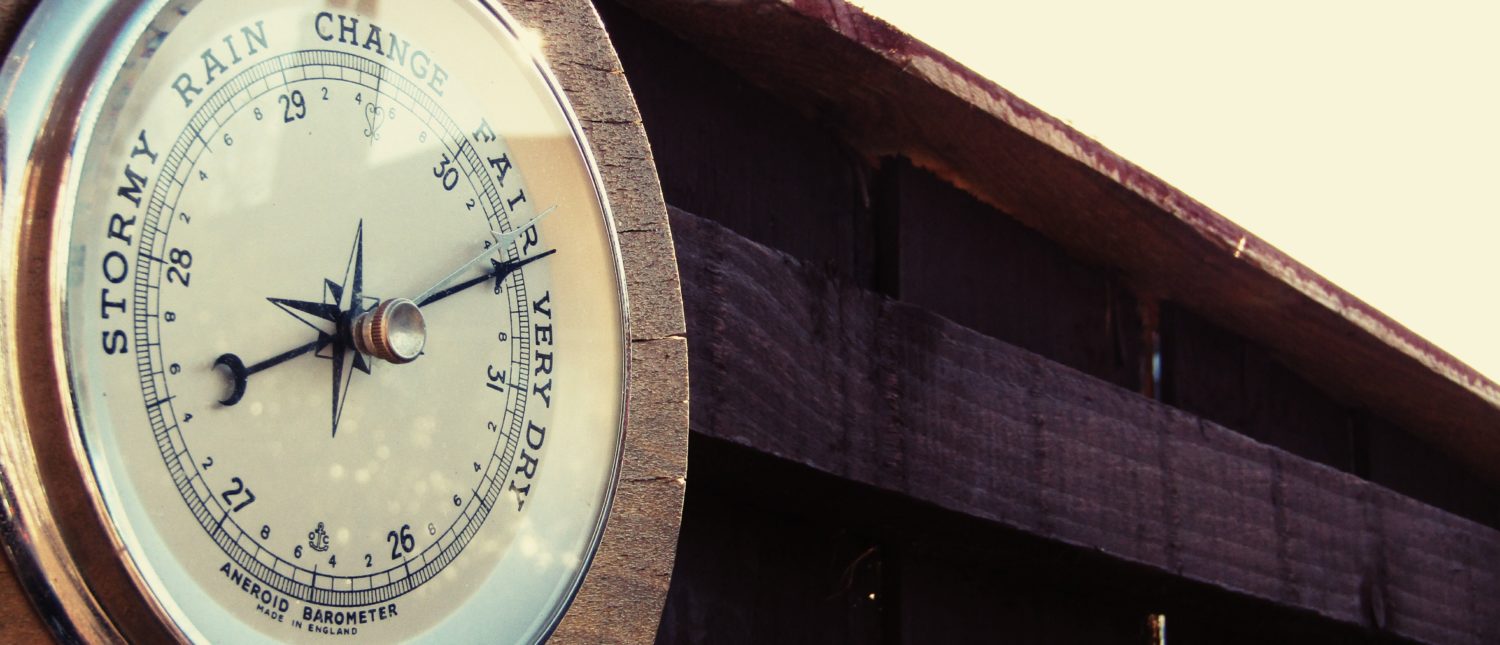WPGraphQL, a popular plugin that provides an extendable GraphQL schema and API for WordPress sites, is set to become a canonical plugin on WordPress.org. Its creator and maintainer, Jason Bahl, has joined Automattic after spending 3.5 years at WP Engine, allowing him to continue his work on WPGraphQL.
WPGraphQL adds a flexible and powerful GraphQL API to WordPress, enabling efficient querying and interaction with your site’s data. It allows developers to interact with WordPress data using GraphQL queries instead of the traditional REST API, making it ideal for building modern, headless WordPress applications.
Canonical Plugins
Canonical plugins were first introduced to the WordPress community in 2009 to provide users with optional features that offer higher reliability than regular plugins.
Canonical plugins would be plugins that are community developed (multiple developers, not just one person) and address the most popular functionality requests with superlative execution. These plugins would be GPL and live in the WordPress.org repo, and would be developed in close connection with WordPress core. There would be a very strong relationship between core and these plugins that ensured that a) the plugin code would be secure and the best possible example of coding standards, and b) that new versions of WordPress would be tested against these plugins prior to release to ensure compatibility. There would be a screen within the Plugins section of the WordPress admin to feature these canonical plugins as a kind of Editor’s Choice or Verified guarantee. These plugins would be a true extension of core WordPress in terms of compatibility, security and support.
WPGraphQL & Jason Bahl’s Journey
Jason Bahl launched the WPGraphQL plugin in 2016. In 2019, he joined the Gatsby Team to work on WPGraphQL full-time and continued there till joining WP Engine 2021 as a Principal Software Engineer maintaining WPGraphQL.
